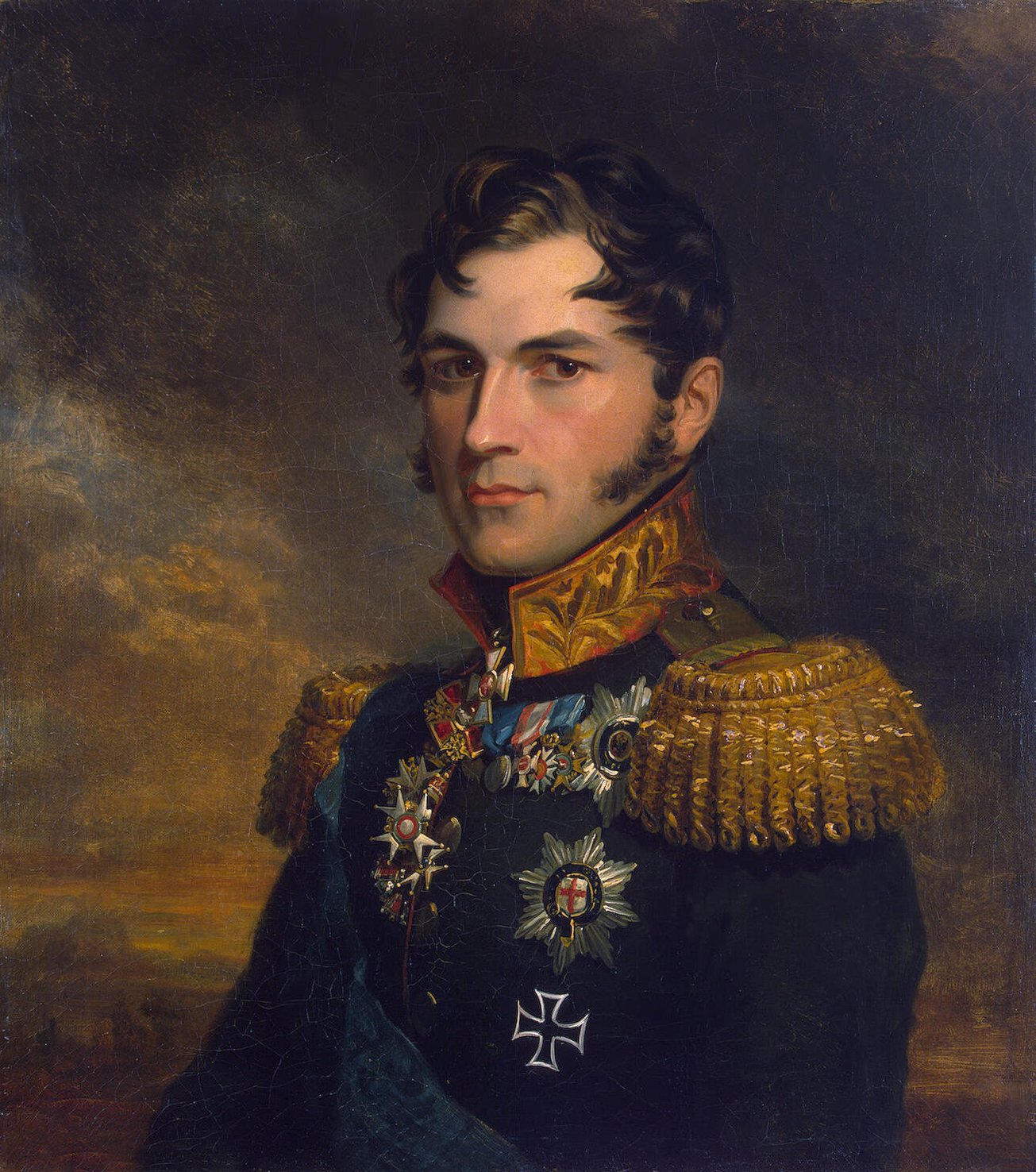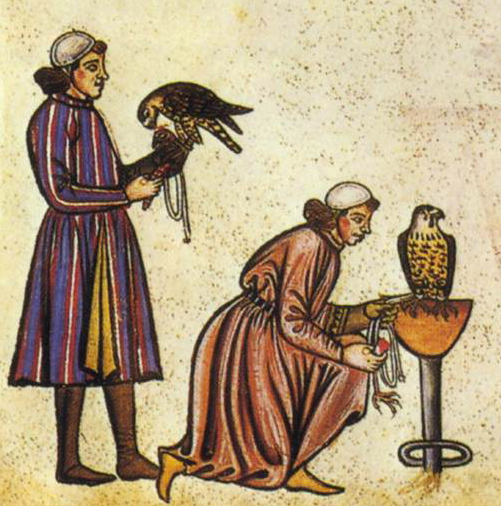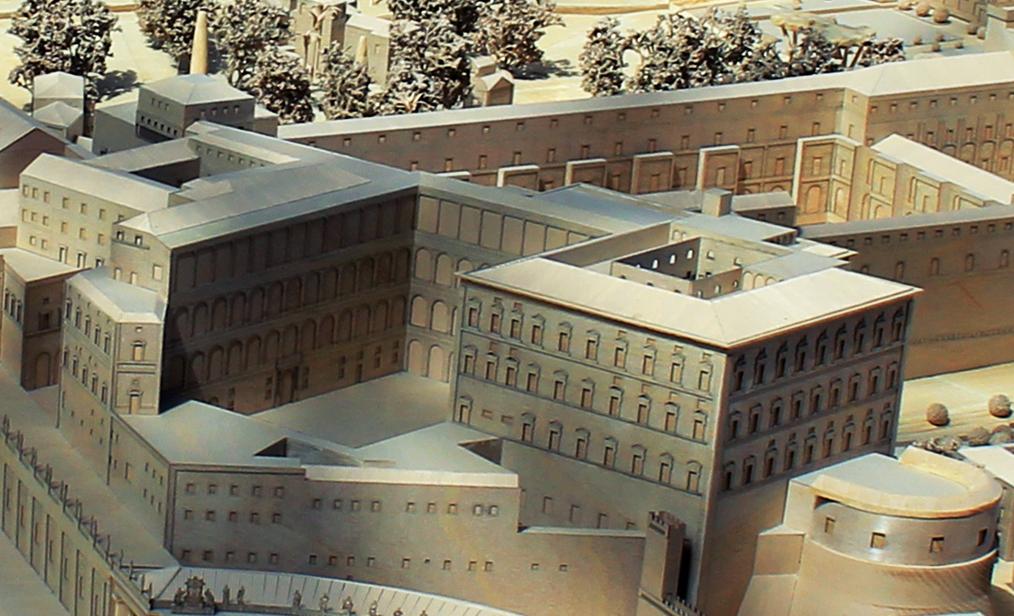|
From Darkness, The Light (Johann Ender)
''From Darkness, the Light'' ( hu, Borura derü!) or ''Allegory of the Hungarian Academy of Sciences'' ( hu, A Magyar Tudományos Akadémia allegóriája) is a monumental painting by Johann Ender in the Art Collection of the Hungarian Academy of Sciences in Budapest. It is also the official symbol of the institution, the main motif constituting its logo. History The painting was made by Johann Ender in 1831 and it was signed by the artist on the lower right corner: Johann Ender pinx 1831. The allegorical painting was commissioned by the founder of the academy, Count István Széchenyi who donated the full annual income of his estates to establish the Hungarian Society of Learning in 1825. The scientific society came into being in 1830. There was a strong personal connection between the client and the artist who went on long journey together in the Mediterranean in 1818. Széchenyi gave many commissions to Ender in the next decades.Az Ender-ikrek magyar képei, Barátság, 8/3, 2001 ... [...More Info...] [...Related Items...] OR: [Wikipedia] [Google] [Baidu] |
Hungarian Language
Hungarian () is an Uralic language spoken in Hungary and parts of several neighbouring countries. It is the official language of Hungary and one of the 24 official languages of the European Union. Outside Hungary, it is also spoken by Hungarian communities in southern Slovakia, western Ukraine (Subcarpathia), central and western Romania ( Transylvania), northern Serbia ( Vojvodina), northern Croatia, northeastern Slovenia ( Prekmurje), and eastern Austria. It is also spoken by Hungarian diaspora communities worldwide, especially in North America (particularly the United States and Canada) and Israel. With 17 million speakers, it is the Uralic family's largest member by number of speakers. Classification Hungarian is a member of the Uralic language family. Linguistic connections between Hungarian and other Uralic languages were noticed in the 1670s, and the family itself (then called Finno-Ugric) was established in 1717. Hungarian has traditionally been assigned to ... [...More Info...] [...Related Items...] OR: [Wikipedia] [Google] [Baidu] |
Attila
Attila (, ; ), frequently called Attila the Hun, was the ruler of the Huns from 434 until his death in March 453. He was also the leader of a tribal empire consisting of Huns, Ostrogoths, Alans, and Bulgars, among others, in Central and Eastern Europe. During his reign, he was one of the most feared enemies of the Western and Eastern Roman Empires. He crossed the Danube twice and plundered the Balkans, but was unable to take Constantinople. His unsuccessful campaign in Persia was followed in 441 by an invasion of the Eastern Roman (Byzantine) Empire, the success of which emboldened Attila to invade the West. He also attempted to conquer Roman Gaul (modern France), crossing the Rhine in 451 and marching as far as Aurelianum ( Orléans), before being stopped in the Battle of the Catalaunian Plains. He subsequently invaded Italy, devastating the northern provinces, but was unable to take Rome. He planned for further campaigns against the Romans, but died in 453. A ... [...More Info...] [...Related Items...] OR: [Wikipedia] [Google] [Baidu] |
1831 Paintings
Events January–March * January 1 – William Lloyd Garrison begins publishing '' The Liberator'', an anti-slavery newspaper, in Boston, Massachusetts. * January 10 – Japanese department store, Takashimaya in Kyoto established. * February–March – Revolts in Modena, Parma and the Papal States are put down by Austrian troops. * February 2 – Pope Gregory XVI succeeds Pope Pius VIII, as the 254th pope. * February 5 – Dutch naval lieutenant Jan van Speyk blows up his own gunboat in Antwerp rather than strike his colours on the demand of supporters of the Belgian Revolution. * February 7 – The Belgian Constitution of 1831 is approved by the National Congress. *February 8 - Aimé Bonpland leaves Paraguay. * February 14 – Battle of Debre Abbay: Ras Marye of Yejju marches into Tigray, and defeats and kills the warlord Sabagadis. * February 25 – Battle of Olszynka Grochowska (Grochów): Polish rebel forces divide a ... [...More Info...] [...Related Items...] OR: [Wikipedia] [Google] [Baidu] |
Birds In Art
Human uses of birds have, for thousands of years, included both economic uses such as food, and symbolic uses such as art, music, and religion. In terms of economic uses, birds have been hunted for food since Palaeolithic times. They have been captured and bred as poultry to provide meat and eggs since at least the time of ancient Egypt. Some species have been used, too, to help locate or to catch food, as with cormorant fishing and the use of honeyguides. Feathers have long been used for bedding, as well as for quill pens and for fletching arrows. Today, many species face habitat loss and other threats caused by humans; bird conservation groups work to protect birds and to influence governments to do so. Birds have appeared in the mythologies and religions of many cultures since ancient Sumer. For example, the dove was the symbol of the ancient Mesopotamian goddess Inanna, the Canaanite mother goddess Asherah, and the Greek goddess Aphrodite. Athena, the Greek goddess of wi ... [...More Info...] [...Related Items...] OR: [Wikipedia] [Google] [Baidu] |
Allegorical Paintings By Hungarian Artists
As a literary device or artistic form, an allegory is a narrative or visual representation in which a character, place, or event can be interpreted to represent a hidden meaning with moral or political significance. Authors have used allegory throughout history in all forms of art to illustrate or convey complex ideas and concepts in ways that are comprehensible or striking to its viewers, readers, or listeners. Writers and speakers typically use allegories to convey (semi-)hidden or complex meanings through symbolic figures, actions, imagery, or events, which together create the moral, spiritual, or political meaning the author wishes to convey. Many allegories use personification of abstract concepts. Etymology First attested in English in 1382, the word ''allegory'' comes from Latin ''allegoria'', the latinisation of the Greek ἀλληγορία (''allegoría''), "veiled language, figurative", which in turn comes from both ἄλλος (''allos''), "another, different" a ... [...More Info...] [...Related Items...] OR: [Wikipedia] [Google] [Baidu] |
19th-century Allegorical Paintings
The 19th (nineteenth) century began on 1 January 1801 ( MDCCCI), and ended on 31 December 1900 ( MCM). The 19th century was the ninth century of the 2nd millennium. The 19th century was characterized by vast social upheaval. Slavery was abolished in much of Europe and the Americas. The First Industrial Revolution, though it began in the late 18th century, expanding beyond its British homeland for the first time during this century, particularly remaking the economies and societies of the Low Countries, the Rhineland, Northern Italy, and the Northeastern United States. A few decades later, the Second Industrial Revolution led to ever more massive urbanization and much higher levels of productivity, profit, and prosperity, a pattern that continued into the 20th century. The Islamic gunpowder empires fell into decline and European imperialism brought much of South Asia, Southeast Asia, and almost all of Africa under colonial rule. It was also marked by the collapse of the la ... [...More Info...] [...Related Items...] OR: [Wikipedia] [Google] [Baidu] |
Count István Széchenyi (Friedrich Von Amerling)
The portrait of Count István Széchenyi ( hu, Gróf Széchenyi István) is a monumental painting by Austrian painter Friedrich von Amerling. It belongs to the Art Collection of the Hungarian Academy of Sciences in Budapest, where it portrays the founder of the institution. It has the same elaborate Rococo frame as the contemporary painting of From Darkness, the Light by Johann Ender. The painting is probably the most famous portrait of Széchenyi, the greatest statesman of the Hungarian Reform Era. History The painting was created by Friedrich von Amerling, a Viennese artist who was the most popular portraitist of the Austrian and Hungarian aristocracy in the Biedermeier The ''Biedermeier'' period was an era in Central Europe between 1815 and 1848 during which the middle class grew in number and the arts appealed to common sensibilities. It began with the Congress of Vienna at the end of the Napoleonic Wars in ... period. Count István Széchenyi donated the full annual inc ... [...More Info...] [...Related Items...] OR: [Wikipedia] [Google] [Baidu] |
Rococo
Rococo (, also ), less commonly Roccoco or Late Baroque, is an exceptionally ornamental and theatrical style of architecture, art and decoration which combines asymmetry, scrolling curves, gilding, white and pastel colours, sculpted moulding, and '' trompe-l'œil'' frescoes to create surprise and the illusion of motion and drama. It is often described as the final expression of the Baroque movement. The Rococo style began in France in the 1730s as a reaction against the more formal and geometric Louis XIV style. It was known as the "style Rocaille", or "Rocaille style". It soon spread to other parts of Europe, particularly northern Italy, Austria, southern Germany, Central Europe and Russia. It also came to influence the other arts, particularly sculpture, furniture, silverware, glassware, painting, music, and theatre. Although originally a secular style primarily used for interiors of private residences, the Rococo had a spiritual aspect to it which led to its widespread us ... [...More Info...] [...Related Items...] OR: [Wikipedia] [Google] [Baidu] |
The Meeting Of Leo The Great And Attila
''The Meeting of Leo I and Attila'' is a fresco by the Italian Renaissance artist Raphael. It was painted from 1513 to 1514 as part of Raphael's commission to decorate the rooms that are now known as the '' Stanze di Raffaello'', in the Apostolic Palace in the Vatican. It is located in the ''Stanza di Eliodoro'', which is named after ''The Expulsion of Heliodorus from the Temple''. The painting depicts the meeting between the Pope Leo I and Attila the Hun, which took place in 452 in northern Italy. Initially, Raphael depicted Leo I with the face of Pope Julius II but after Julius' death, Raphael changed the painting to resemble the new pope, Leo X. Leo X appears both as cardinal and as pope. The images of Saint Peter and Saint Paul appear in the sky bearing swords, and were said to have helped keep the king of the Huns from invading Italy. The left half of the painting is mainly by Raphael, with only minimal work by his students. The result of this fresco exhibits great artisti ... [...More Info...] [...Related Items...] OR: [Wikipedia] [Google] [Baidu] |
Apostolic Palace
The Apostolic Palace ( la, Palatium Apostolicum; it, Palazzo Apostolico) is the official residence of the pope, the head of the Catholic Church, located in Vatican City. It is also known as the Papal Palace, the Palace of the Vatican and the Vatican Palace. The Vatican itself refers to the building as the Palace of Sixtus V, in honor of Pope Sixtus V, who built most of the present form of the palace. The building contains the papal apartments, various offices of the Catholic Church and the Holy See, private and public chapels, Vatican Museums, and the Vatican Library, including the Sistine Chapel, Raphael Rooms, and Borgia Apartment. The modern tourist can see these last and other parts of the palace, but other parts, such as the Sala Regia (Regal Room) and Cappella Paolina, had long been closed to tourists, though the Sala Regia allowed occasional tourism by 2019. The Scala Regia (Regal Staircase) can be viewed from one end and used to enter the Sala Regia. The Cappe ... [...More Info...] [...Related Items...] OR: [Wikipedia] [Google] [Baidu] |
Raphael
Raffaello Sanzio da Urbino, better known as Raphael (; or ; March 28 or April 6, 1483April 6, 1520), was an Italian painter and architect of the High Renaissance. His work is admired for its clarity of form, ease of composition, and visual achievement of the Neoplatonic ideal of human grandeur. Together with Leonardo da Vinci and Michelangelo, he forms the traditional trinity of great masters of that period. His father was court painter to the ruler of the small but highly cultured city of Urbino. He died when Raphael was eleven, and Raphael seems to have played a role in managing the family workshop from this point. He trained in the workshop of Perugino, and was described as a fully trained "master" by 1500. He worked in or for several cities in north Italy until in 1508 he moved to Rome at the invitation of the pope, to work on the Vatican Palace. He was given a series of important commissions there and elsewhere in the city, and began to work as an architect. He was ... [...More Info...] [...Related Items...] OR: [Wikipedia] [Google] [Baidu] |
Pope Leo I
Pope Leo I ( 400 – 10 November 461), also known as Leo the Great, was bishop of Rome from 29 September 440 until his death. Pope Benedict XVI said that Leo's papacy "was undoubtedly one of the most important in the Church's history." Leo was a Roman aristocrat, and was the first pope to have been called "the Great". He is perhaps best known for having met Attila the Hun in 452 and persuaded him to turn back from his invasion of Italy. He is also a Doctor of the Church, most remembered theologically for issuing the Tome of Leo, a document which was a major foundation to the debates of the Council of Chalcedon, the fourth ecumenical council. That meeting dealt primarily with Christology and elucidated the orthodox definition of Christ's being as the hypostatic union of two natures, divine and human, united in one person, "with neither confusion nor division". It was followed by a major schism associated with Monophysitism, Miaphysitism and Dyophysitism. He also contributed ... [...More Info...] [...Related Items...] OR: [Wikipedia] [Google] [Baidu] |









